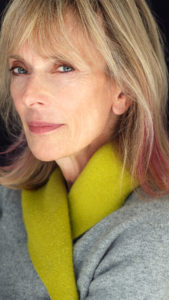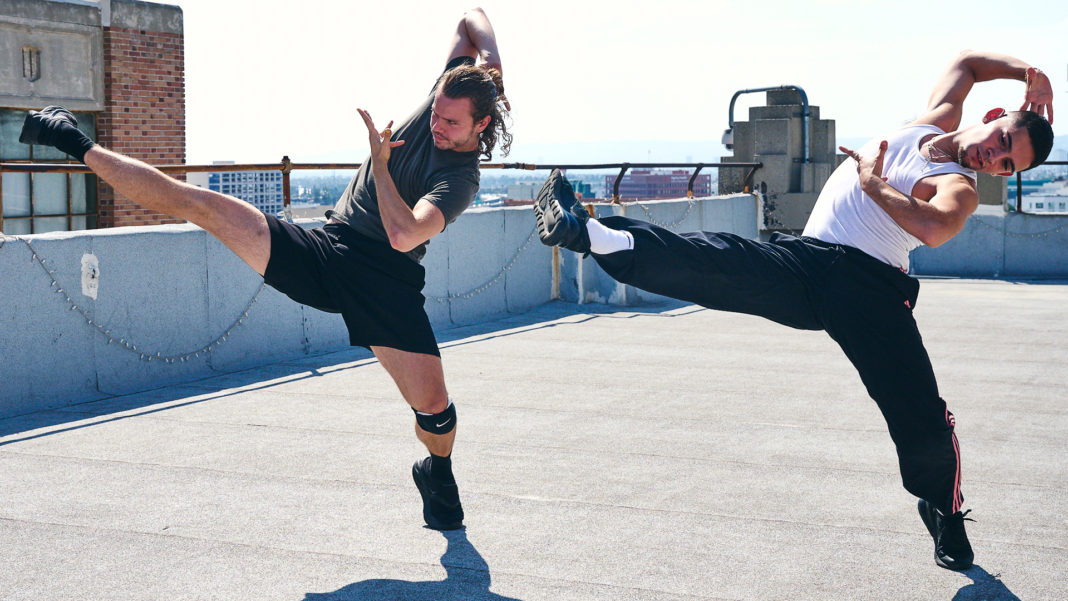Like many an artist, choreographer and company leader, Heidi Duckler has faced challenges this last year. As with many of those artists, she’s had to adapt, re-think, re-work and revise not just her plans, but her projects. Her site-specific company, Heidi Duckler Dancer, finally gets to open The Candelier on Thursday at The Wallis in Beverly Hills after a lengthy-delay. Performances continue through Sunday, August 15th.
Duckler was inspired by Clarice Lispector’s novel of the same name. The Brazilian writer’s book was first published in 1946 and was only translated into English in 2018. Considered by critics to be a very challenging read, The Chandelier tells the story of Virginia and is presented in a series of interior monologues.

You might ask how this translates into a dance work? That’s precisely where I started when I spoke recently by phone with Duckler. What follows are excerpts from that conversation that have been edited for length and clarity.
When the English translation of The Chandelier was published it was called daring, dense, intricate and one of the most challenging books Lispector had ever written. What was it you saw in the novel that inspired you?
It’s a very complex work and it’s poetic. It’s written with a sense of sensation. I wouldn’t call it an intellectual work, but a work written via instinct and therefore it was a work I felt could be translated via the body.
I read the book ten times because it definitely goes backwards and forwards in time. It’s an interesting work in terms of how it relates to the pandemic.
It really is about the central character of Virginia who is isolated and is wracked by loneliness and isolation and she is forced to confront herself and it is really about her awakening. It really has her getting to know herself as a woman and I think that has a lot of parallels to our awakening from being holed up during the pandemic.
Dance seems uniquely poised to translated the kind of interior monologues found in the book in a way that no other art form can. Do you believe dance is the best day to create an adaptation of The Chandelier?
It’s sort of beyond words. It has its own language. It is of the body and it tells these truths that are sort of, maybe even Clarice said, beyond thought in a way that these things are formed through sensation. They are hard to express in any other way except for the very visceral. They are really hard to talk about.
Does that make it easier or tougher to choreograph?
I think that depends on the choreographer. I think you need to access them through instinct and not through positioning or steps or heavily edited movement. I do think they are somehow unbridled and passionate. You have to, as a choreographer, if you can, confront that or harness or channel that sort of psychological sensation. Then I think you get very close to Lispector and what her intentions were.
In The Chandelier Lispector writes, “she felt she was mixing things up, arranging them at her pleasure and bothering them. Ah, if I had time, just a little time, she seemed to be saying to herself.” Those two sentences seem like the could describe a choreographer and what he or she does. How closely does what she wrote mirror the thoughts you have with this or any work you do?
The book is full of a sense of time and a sense of place. She often talks, instant by instant, and I think she talks about the feeling that time is shrinking and expanding. I think so much of it relates to how we feel about time and space and our bodies and sensation and memory. Also about dream states, human constraints, where we are, where we are going, our identity…all those things we as choreographers look at in our work. Maybe if she wasn’t a writer she’d be a choreographer.
Lispector was 23 when she wrote The Chandelier. If you were to look back at the work you did when you were 23, what stands out to you about what you accomplished then and by extension where your work is today?
It’s mind-boggling. That’s such a question. I think I was just so naïve and I had such little experience with the world. I had less time markers. Maybe I was more in touch with the moment because things were just expanding second by second…as they do. Or time just stopped, you know how it can when you’re young. It’s so hard to think back on those days. Now I guess time goes by so fast and you have so many references. When you are young everything is a new experience.
Has the pandemic shifted your priorities for what you want to do moving forward?
I think it has been a time of reflection and also a time of great hunger that when you are able to get out and you realize how important it is. How grateful I am for what I do and how much is needed and wanted from our audiences and also our artists. So I feel more than ever the hunger to create and continue and to never be idle. I don’t know where the time has gone. Sometimes you wonder what day is it, what month, what year. I think we feel confused but I think we’re all sorting it out. But I think the passion is there and who knows what will come out of it and what kind of creations are still to be born.
How does The Chandelier fit into that thought process?
I can’t say, “Oh, I’m happy we waited so long.” In a way it’s a much different piece than we would have created had it happened a couple years ago. We’ve had time to really think about it and deepen our thinking about it. It really was a blessing in a way that we had this time to set it aside and look at it again – to consider it in different ways. It is a piece of work that is complicated and does need to sit. Often times you don’t have that luxury of spending time with a work. It was really kind of lucky for us that we were able to really contemplate what it could be.
For tickets to The Chandelier by Heidi Duckler Dance, please go here.
Rehearsal photo of The Chandelier by Rush Varela (Courtesy of The Wallis)












